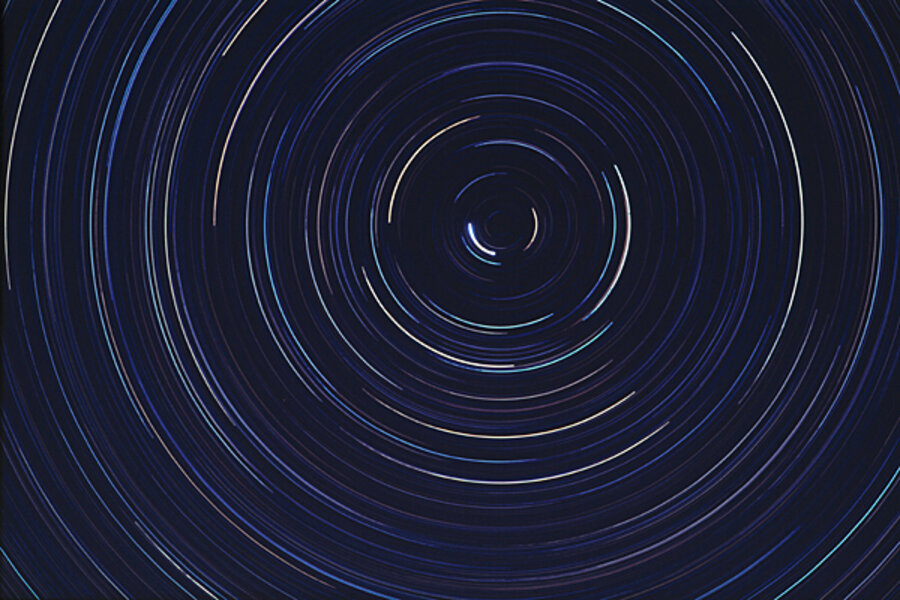Rare sky show this week: Moon to dance with Mars, Saturn, and Regulus
Loading...
The moon will take center stage in a cosmic dance with Mars, Saturn and the bright star Regulus this week during a four-night sky engagement that begins May 19.
The celestial sky show will appear in the southwestern night sky (weather permitting) beginning around nightfall, according to the astronomy magazine StarDate. This sky map shows where to look this week to spot the moon, Regulus, Saturn and Mars.
On Wednesday, May 19, Mars will appear above the moon while the bright star Regulus shines to the left and above Mars. The red planet will actually look like a bright orange star, StarDate reported in a skywatching alert.
Regulus is the brightest star in the constellation Leo (The Lion) and is more massive, hotter and brighter than our sun, StarDate reported.
On Thursday, Regulus can be found to the upper right of the first-quarter moon, which will grow steadily fatter and fuller as the week wears on. Mars will appear further off to the moon's right. [Full moon photos.]
Together, the moon, Mars and Regulus will form a skinny triangle in the night sky until about 2 a.m. local time, when they sink below the horizon.
Saturn will make its first appearance with the others on Friday, May 21 and should stand out in the due south direction of the sky.
If you need help spotting Saturn or Mars Friday night, try to use the moon as your anchor. The moon will appear between Saturn – which should look like a golden star – in the south and Mars in the southwest.
The moon and Saturn will take one last cosmic tango on Saturday, May 22 when the moon shines below the ringed planet at sunset. You can find them by looking high in the southern sky.
StarDate is a bi-monthly astronomy and skywatching publication of the McDonald Observatory at the University of Texas at Austin.
Skywatchers can also find the bright star Arcturus in the constellation Boötes (The Herdsman) this week.
To find it, look at the Big Dipper. Imagine extending a curve of its bent handle about the length of the Big Dipper itself and you will ultimately come to Arcturus.
Arcturus ranks as the fourth brightest star in the night sky overall, behind Sirius, Canopus and Alpha Centauri.
Related
Blog: Moon, Mercury, and the 'Seven Sisters' -- a gorgeous conjunction
Blog: Jupiter's leaving - but Venus and the moon will meet again soon!
Blog: Tonight, for one show only ... it's Jupiter, Venus, and the moon!





